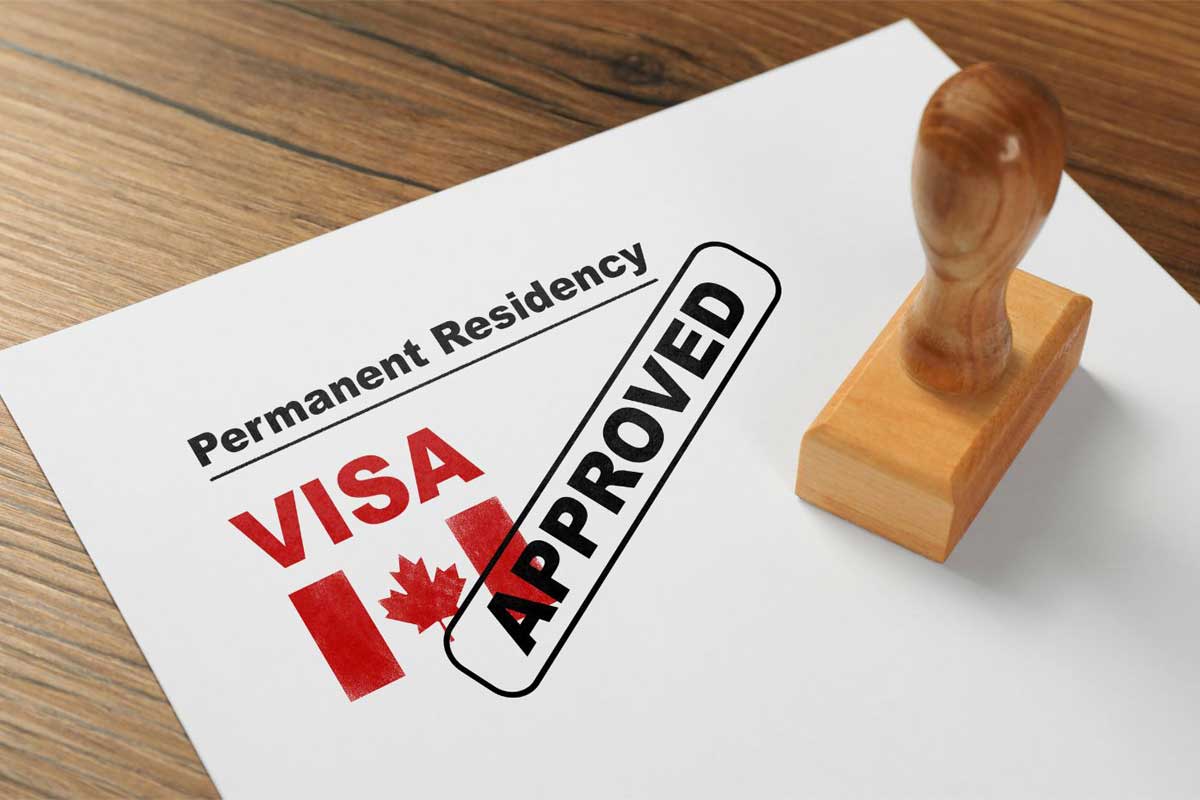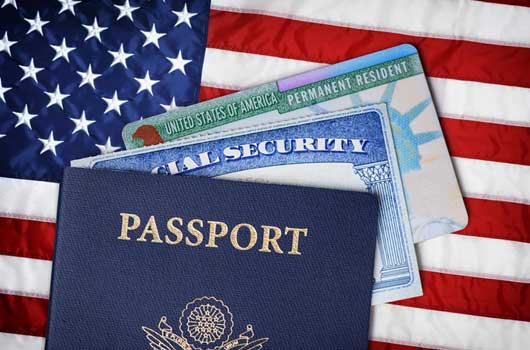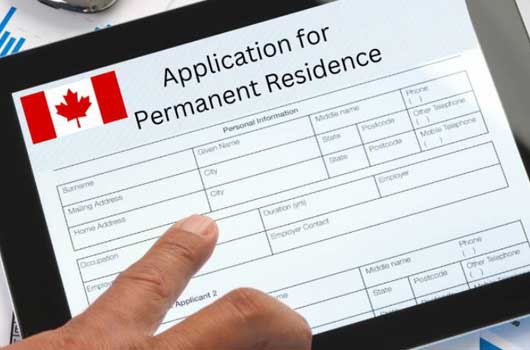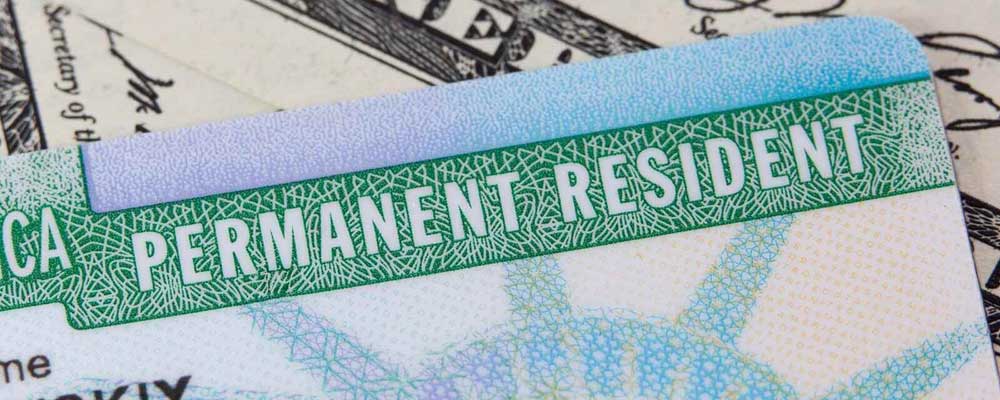
Permanent Residency
A Permanent Residency (PR) visa allows individuals to live, work, and study in a country indefinitely, offering more stability than a temporary visa. Different countries have various processes for granting PR, but here are some general key points about permanent residency:
Key Features of Permanent Residency
1. Duration
As the name suggests, PR status typically grants long-term residency with the ability to stay indefinitely in the country, though some countries may require the PR holder to renew their residency status after a period (e.g., 5 years) or maintain a certain number of residency days within a period.
2. Work and Study Rights
PR holders are usually allowed to work in any industry or job in the country, just like citizens. They can also access educational opportunities and may qualify for in-state tuition rates in some cases.
3. Healthcare and Benefits
In many countries, permanent residents can access public healthcare and other social benefits, including unemployment benefits, pensions, or social security, just like citizens.
4. Pathway to Citizenship
In some countries, PR status can be a step toward gaining full citizenship, usually after fulfilling certain residency requirements (e.g., living in the country for a specified number of years).
5. Dependents
A Permanent Residency (PR) visa allows individuals to live, work, and study in a country indefinitely, offering more stability than a temporary visa. Different countries have various processes for granting PR, but here are some general key points about permanent residency:
6. Travel
PR holders may be allowed to travel freely in and out of the country. However, some countries may have restrictions or require re-entry permits for those who stay outside the country for extended periods.
7. Residency Obligations
To maintain PR status, individuals may be required to stay in the country for a certain amount of time (e.g., 2 years out of 5). Prolonged stays outside the country can result in losing the PR status.
How to Obtain Permanent Residency
The process varies by country, but typical steps might include:
1. Eligibility Criteria
Applicants usually need to meet specific criteria such as:
- Work experience in the country
- Educational qualifications
- Language proficiency
- Financial stability or job offer
- Health and character requirements (criminal background checks, health assessments)
2. Types of PR Visas
Some common types of PR visas include:
- Skilled Worker PR: For individuals with certain qualifications or work experience in in-demand fields.
- Family-sponsored PR: For those sponsored by a close family member, such as a spouse or child, who is a citizen or permanent resident of the country.
- Investor PR: For those who are willing to make a significant financial investment in the country.
- Humanitarian PR: For refugees, asylum seekers, or others in special circumstances.
3. Application Process
- Submit an application to the immigration authority of the respective country, often including proof of eligibility (e.g., job offer, education credentials).
- Some countries require a points-based system, where applicants earn points for their age, qualifications, language proficiency, and work experience.
- In some cases, applicants may need to pass a medical examination, submit police clearance certificates, or attend an interview.


Examples of Permanent Residency by Country
1. Process
- United States: The U.S. grants permanent residency via the Green Card, which can be obtained through family sponsorship, employment, refugee status, or through a Diversity Visa Lottery.
- Canada: Canada offers PR through several immigration streams like Express Entry (for skilled workers), family sponsorship, and provincial nominee programs (PNPs).
- Australia: Australia grants PR through a points-based system that factors in age, skills, education, and English language proficiency.
- New Zealand: Similar to Australia, New Zealand uses a points system and offers PR to skilled workers, entrepreneurs, and those with family connections in the country.
2. Rights and Limitations of Permanent Residents
- Rights: Permanent residents have the right to live, work, and study in the country indefinitely. They can apply for government benefits and healthcare.
- Limitations: PR holders do not have the right to vote in national elections (except in certain countries) and might face restrictions on certain government positions that are limited to citizens.
3. Applicable Countries
- The Apostille process is recognized in countries that are signatories to the Hague Convention. There are currently over 100 countries that recognize this process, including the U.S., the UK, Canada, Australia, India, and many European countries.
4. Quick and Efficient
- The Apostille process is usually faster and less complicated than attestation, as it is a one-step process with no need for embassy involvement.

Maintaining Permanent Residency
To maintain permanent residency status, some countries require the PR holder to spend a minimum number of days in the country within a given period. Failure to meet these requirements could lead to the revocation of PR status.
Differences Between Permanent Residency and Citizenship
Permanent Residency
A legal status that allows one to live and work in a country without the privileges of full citizenship (e.g., voting rights, passport).
Citizenship
Involves full legal membership in the country, including the ability to vote, hold a passport, and potentially benefit from full political rights.
